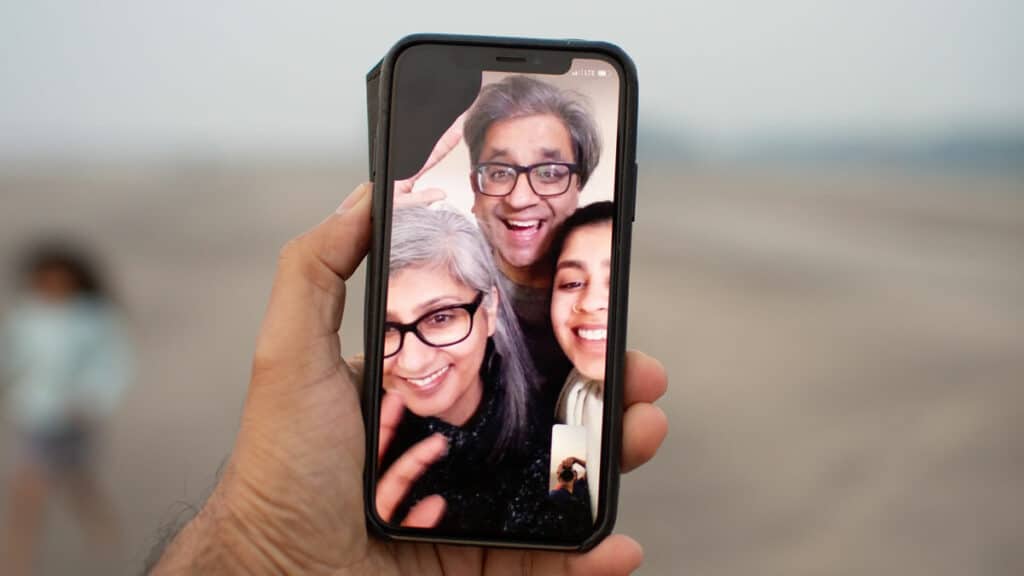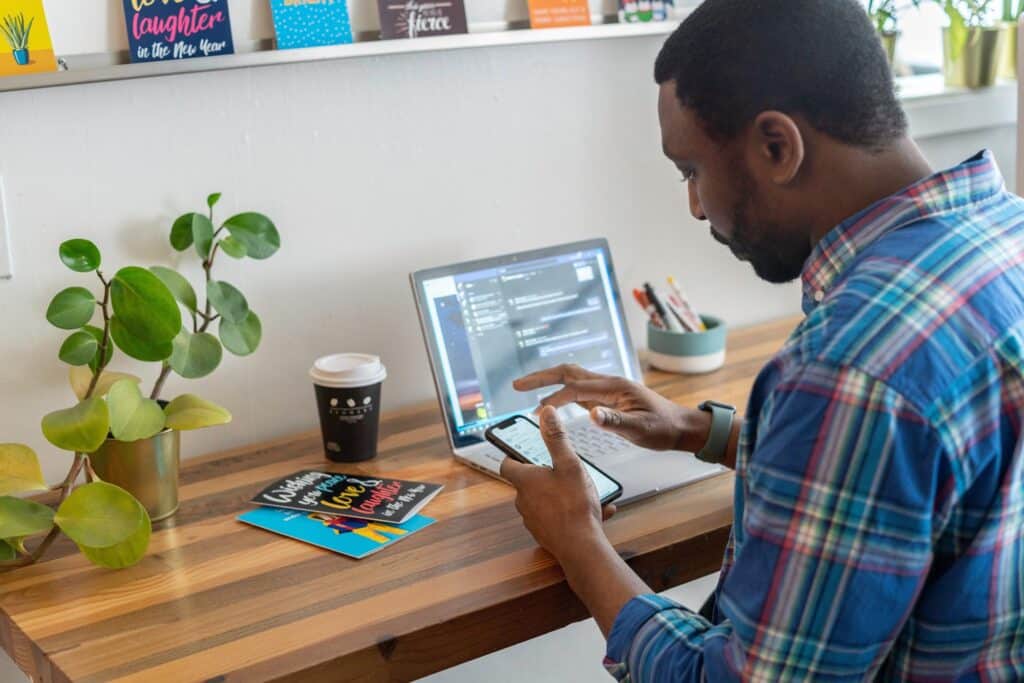We’ve talked about replacing your cable TV subscription with online streaming services. But if you have a landline bundled with your cable or internet service, you may be wondering how you can still have a home phone after you cut the cords. Here are a few stand-alone home phone alternatives to check out.
While that triple-threat bundle from your cable company seems like a dream come true, it’s not always the best option for today’s households. As convenient as it may seem to have your cable TV, internet, and phone all connected to the same provider, chances are you’re overpaying for an outdated package that doesn’t suit your home’s individual needs. By cutting the cord with your cable provider, you can pick and choose your own services and might even save money each month.
If you like the idea of cutting cords from traditional cable and internet, but still need a phone service at home, check out these reliable options—no bundle necessary:

1. Go Virtual with Skype
There is a reason more than 600 million people around the globe use Skype. It’s free to make a call to anyone in the world, and the call quality is excellent; plus, you can make video calls if your computer has access to a camera. There’s only one small caveat: calls need to be made through a computer or mobile phone to the other person’s computer or mobile phone in order to stay free of charge. You’ll also both need the Skype app set up on your mobile phone or computer, but again, it’s free. Skype is an excellent option for making calls overseas and chatting with friends and family, so it works well as an alternative to any landline.

2. Use Google Voice
Google Voice is a free digital telephone service similar to Skype but with more standard phone features, such as voice messages, text messaging, call history, call screening, blocking of unwanted calls, and voice transcription to text.
With Google Voice, you can set up a Google number and forward it to your cell phone, so you can have all your lines directed to one place. All you need is the Google Voice app, a free Google Voice account, and a computer or mobile phone.

3. Find a middle ground with Voice over Internet Protocol (VoIP)
If you have high-speed internet at home, you’re in luck. With a VoIP system, you can make and receive unlimited local and domestic phone calls through your internet connection. The cost is cheap (anywhere from $10 to $30 a month), and you’ll still have the same features of a landline, such as voice messages, and some providers are even able to set it up so you can keep your same phone number.
One con that VoIP systems have is that they will not work when the power goes out. But if you have a cell phone in addition to your VoIP, you should have your bases covered in case of emergencies.
Interested in VoIP? Check out Ooma or Vonage.

4. Try a stand-alone landline service
If you made it this far and still prefer Fred Flintstone’s phone, try looking for a stand-alone landline service. While these services can be hard to find, this site can help you narrow down your search and point you to your best options. Costs will vary depending on the provider you choose and your location.
In Summary
When it comes to replacing your bundle, there are several reliable phone options out there to choose from—whether you decide to go digital or keep a traditional landline. As more people continue to find value in VoIP and other digital services, these companies are sure to keep growing and improving to meet the demand.
Have you considered cutting ties with your cable provider? Here are the best streaming devices to help you make the switch.

